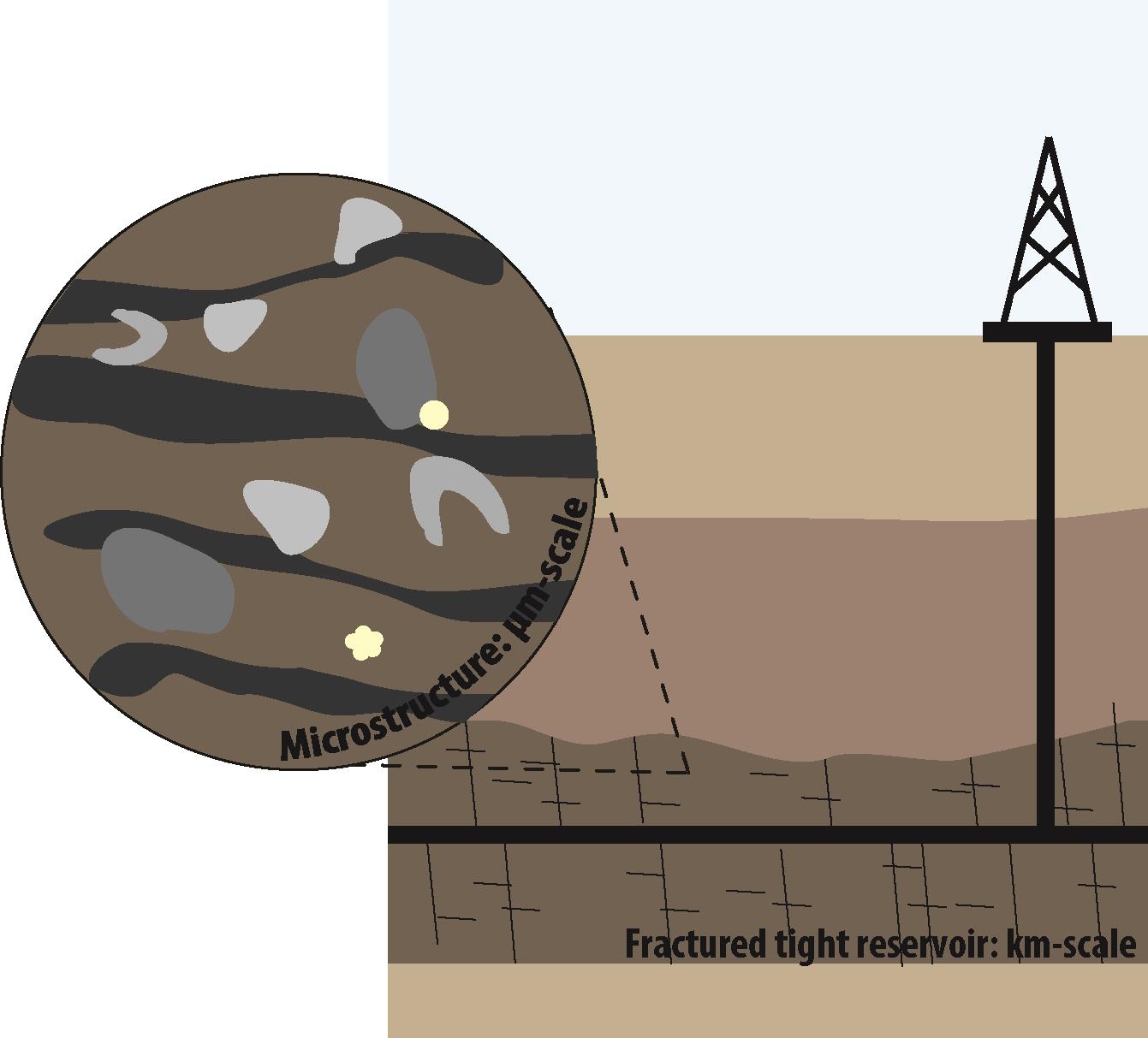The ERE Division loves to hear from its Young/Early Career Scientists. What is it that you do that relates to ERE? What lies beyond an ERE-oriented study or PhD? Tell us what you like about working on Energy, Resources and Environment-related research. We’d love to hear it! 🙂
Today we have Farhana Huq, who gives us some insight into how her PhD project lead to a job on the boundary between academia and industry, and what she likes about attending the EGU General Assembly.
***
 Just as an introduction, I am Farhana from Bangladesh, working as a scientist at the Institute for Energy Technology in Norway. During my PhD research, I studied the chemical changes in rock and fluid composition upon CO2 injection under simulated reservoir conditions on the laboratory scale. This project was performed under the framework of the BMBF CLEAN project, which aimed at understanding large-scale enhanced gas recovery by CO2 injection into the Altmark natural gas reservoir, Germany.
Just as an introduction, I am Farhana from Bangladesh, working as a scientist at the Institute for Energy Technology in Norway. During my PhD research, I studied the chemical changes in rock and fluid composition upon CO2 injection under simulated reservoir conditions on the laboratory scale. This project was performed under the framework of the BMBF CLEAN project, which aimed at understanding large-scale enhanced gas recovery by CO2 injection into the Altmark natural gas reservoir, Germany.
My current research activities are mostly focused on CO2 storage and monitoring techniques with oil and gas industries. I am involved in developing different monitoring techniques using solid sorbents and tracer solutions. Recently my interest shifted quite a lot to stable isotope techniques and gas geochemistry and applications of it into field scale.
EGU has always been a great platform for me to meet new people, making contacts, learning on different topics, exchanging ideas and last but not least making wonderful friends. Starting from 2010 till now, I have tried to attend EGU sessions regularly and mostly contributed in ERE division sessions by presenting posters. Every time, I returned home with very good ideas, suggestions and constructive criticism from scientists from all over the world. This year was special as I was the young scientist representative for the ERE division, as a replacement for Sian, which gave me a huge opportunity to meet young and energetic scientists from various research fields. I wish and suggest to have more meetings and activities related to collaboration, networking, workshops and training within the young scientist forum.

EGU is not just for science, but also a great way to meet new friends!
***
Do you also want to be featured on ERE Matters? Just fill out the Submit a Post form, or drop us an email at ere.matters@gmail.com!



